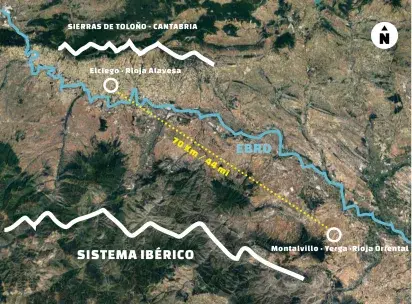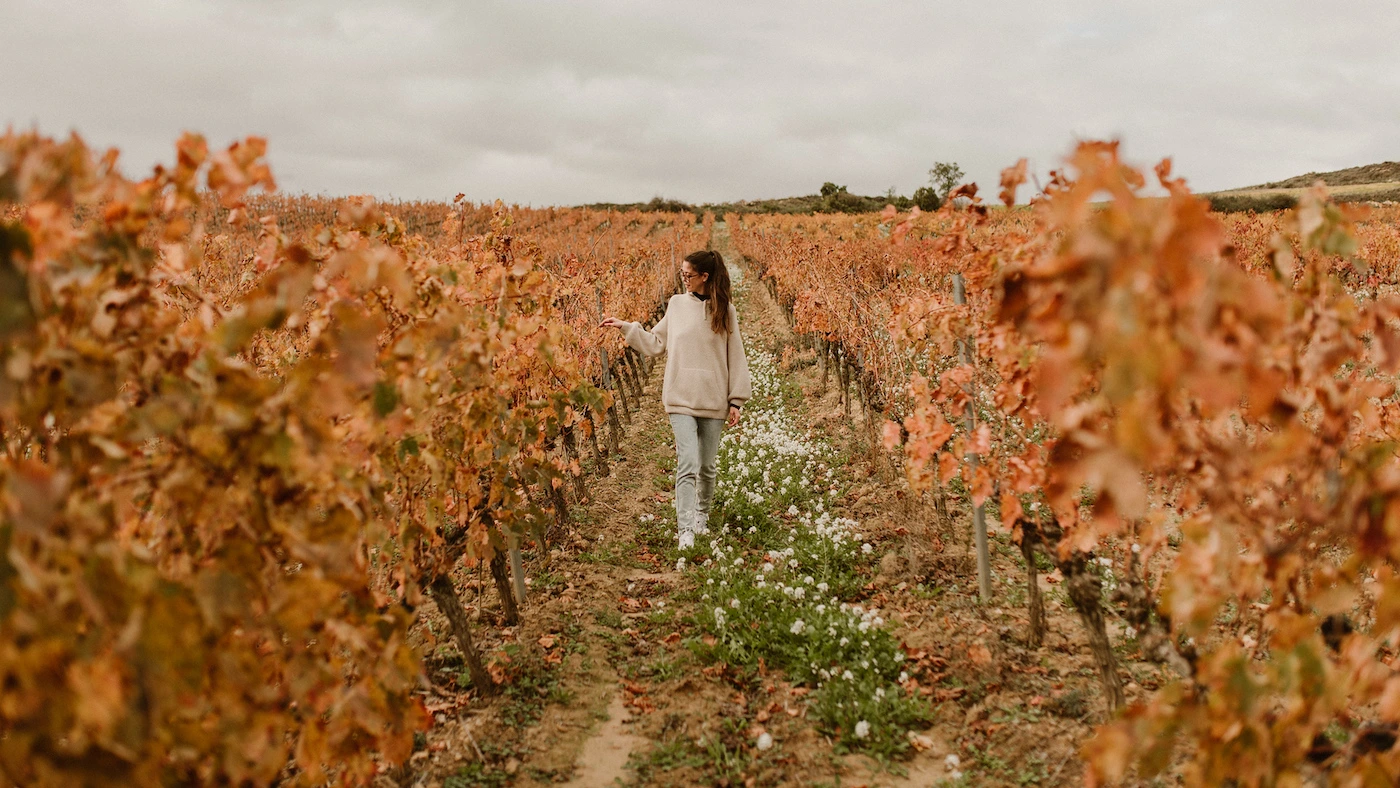We are often asked by customers throughout the world about the main differences between two of the areas where our wines come from: Rioja Alavesa (where we produce the Muriel range) and Rioja Baja or Rioja Oriental (home to the vineyards of Finca Montalvillo, one of our newest brands).
Soil composition is a major differentiating factor, but on this occasion we would like to focus on the climate. Climatic diversity plays an important part in a wine's identity. It is also key to understanding why a particular variety adapts better than others, and why the resulting wines have different profiles.
Let's start by saying that both areas are close to each other (less than 80 km apart) and share a key geographical feature: both are situated in the Ebro valley, the wide depression between mountain ranges created by the Ebro river and its tributaries.
Differences in the soils of both areas play a role in determining the viticultural identity of each place. But there is no doubt that climate is the major differentiating factor.
Although the inland Mediterranean influence affects both areas, Rioja Alavesa has a stronger Atlantic influence than Rioja Oriental, which is drier and warmer.
Average temperatures
Let's first look at the temperature records of the two places we use as reference: Elciego (our home village, in Rioja Alavesa) and Alfaro (Rioja Oriental). While average annual temperature in the former is 11.7 ºC, Alfaro is two degrees higher, rising to almost 14 ºC. This difference is crucial for grape ripening.
Rainfall
While Elciego records some 600 litres of rain on average per year, figures in Alfaro are considerably lower, at around 400 litres. This difference explains the contrasting water needs of each area. It is worth pointing out that winters in Elciego are considerably wetter than in Alfaro, as a result of the greater oceanic influence in Rioja Alavesa.
Köppen Classification
According to the 1936 classification drawn up by geographer Wladimir Peter Köppen and climatologist Rudolf Geiger, our two areas in Rioja belong to different but adjacent climate types: Elciego belongs to the Cfb type (temperate, no dry season and warm summers) and Alfaro to the Cfa type (temperate, no dry season and hot summers). Rioja Oriental lies next to the BSk type (cold semi-arid).
Wind
Wind also sets an important difference. Northern cool and humid winds blowing from the Cantabrico coast are predominant in Elciego. Having said that, they are mostly held back by the Sierra de Cantabria mountain range, creating an eye-catching phenomenon known as the Foehn effect.In Alfaro, like in the rest of Rioja Oriental, a strong north-westerly wind, locally known as Cierzo, blows through the vineyards and mountain ranges of the region.
A note on the climate in Finca Montalvillo
All of the above is useful to broadly describe the climate in both areas. But there is one element that brings in a strong nuancing effect: elevation. This is particularly evident in Montalvillo, where the vineyards lie at over 500 metres elevation on the slopes of Mount Yerga. As we climb higher, average temperatures drop and annual average rainfall rises. Moreover, it is not unusual to have snow on these slopes. For all these reasons, growing grapes at Finca Montalvillo is a distinctly mountainous activity, in contrast with the grape farming practices on the lower plains of Rioja Oriental.

También te puede interesar:



